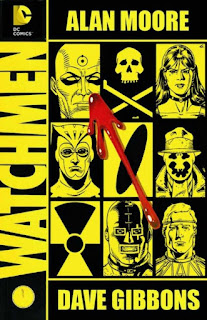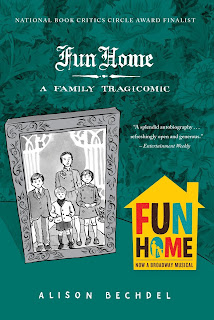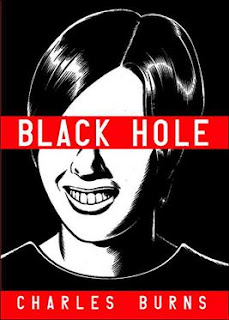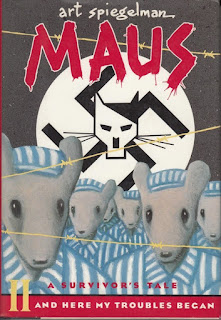week 13: Watchmen

Watchmen was a real treat for me and after finishing it, I think that it is the pinnacle of graphic novels. The super hero genre is twisted and turned into something that is incredibly dark but also true to what makes a great super hero story. It involves an incredibly engaging insight into the way we, as common people, would integrate, influence and be influenced by super heroes/vigilantes in our society. How are we supposed to deal with good people who commit horrible crimes? Is killing mass amounts of people ok if it can mean saving an even greater number? How can a man become a god? These are just a few of the major questions, from personal to cosmic, that Watchmen presents to the reader which completely blew my mind. Of course, like most good stories, clear answers to these questions are left for the reader to come up with, yet the story is never left so open ended that it feels unsatisfying. On top of all this we have great artwork that depicts some of the most interesting...





